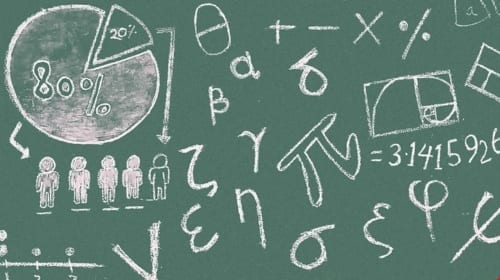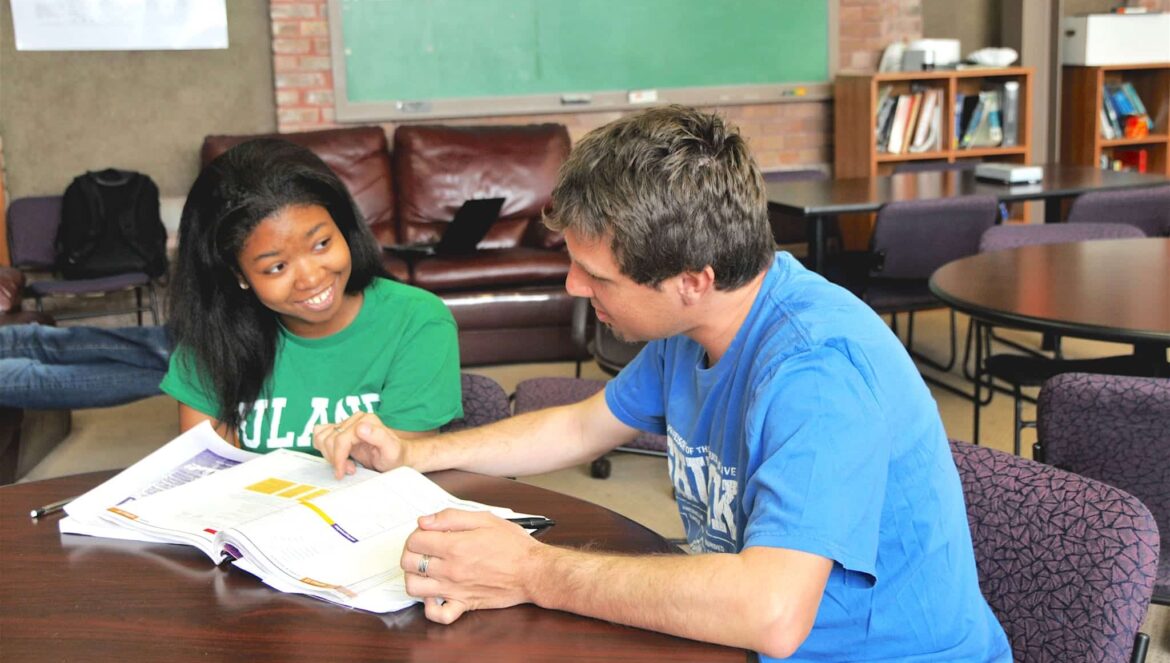The difference in a teacher or a tutor In helping our college-bound learners
by Dr. Steve Warner
 The Differences Between a Teacher and a Tutor
The Differences Between a Teacher and a Tutor
It is important to understand that the roles of teacher and tutor are usually very different. Teachers tend to follow a specific curriculum, with their main purpose providing students with a wide range of knowledge in a specific subject. A tutor, on the other hand, is generally hired to help a student achieve a specific goal such as to pass a class exam or to improve his or her score on a standardized test.
Teachers generally teach in a very linear fashion, whereas a tutor has the flexibility to review material nonlinearly. For example, a Calculus teacher would probably teach derivatives by first explaining what a derivative is, beginning with the definition and perhaps a geometric motivation for that definition. They would then proceed to teach some of the shortcut methods for computing derivatives quickly. A Calculus tutor, on the other hand, may start by reviewing the shortcut methods first because students can get a lot of points on a test by knowing these methods, without even understanding what a derivative is.
Note: There are some cases where a tutor may take on the role of a teacher. The most common instance of this would be if the tutor is presenting material that the student has not yet been exposed to. As a simple example, sometimes a student might skip Precalculus entirely and go right into a Calculus course. A tutor may then be hired to teach the student Precalculus. In this case, the tutor’s teaching methods would probably be indistinguishable from those of a teacher. For the purposes of this article, let’s define a tutor as an educator who is working with a student that has already been exposed to the material being taught at least once prior.
 My Tutoring Philosophy
My Tutoring Philosophy
My Ph.D. is in mathematics, and therefore when I speak about tutoring, I am speaking from the perspective of a math tutor. I do however believe that most, if not all, of what I say can be generalized to tutoring in all subject areas.
As both a teacher and a tutor, I think it’s important for me to understand what my role is in each of those two situations. When I teach a college-level class, I feel that it is important to provide students with as deep an understanding of the subject matter as I feel is appropriate at their current ability level.
As a tutor, although I hope to give students a deep mathematical understanding, it is usually not my primary purpose. My job as a tutor is to achieve a specific goal. Some typical goals might be: help the student to score 100 on a math exam in school, help the student to understand what they did wrong on a homework assignment, or get the student a perfect score in math on the SAT.
Once it has been determined that I will be tutoring a student, I first try to collect as much information as possible before the first session. It’s nice to begin with a list of specific problems that the student was not able to solve on his or her own before each session even begins. I do not like to waste any time reviewing material that the student already knows very well, and having this list of problems gives me a quick and easy way to identify at least some of the student’s weaknesses ahead of time.
When tutoring a student, one thing that I avoid as much as possible is teaching subject matter without context. I will first ask the student to try to explain how to solve each problem, or to indicate where he or she is stuck. From there we can go over how to solve the problem (possibly in several different ways), and review any concepts that the student seems to be confused about. The important thing here is that I always try not to review a concept unless that concept is needed to solve a specific problem. After all, the student has probably seen the concept many times already, and has failed to understand it. A concept becomes easier to comprehend for many students once they can see firsthand why they need it.
 Tutoring Math for Standardized Tests
Tutoring Math for Standardized Tests
I like to use a targeted approach to standardized test prep, based on a student’s current score on an official practice test for that particular exam. For example, for a student currently scoring a 400 in SAT math, I will spend time on basic strategies (such as plugging in answer choices, picking numbers, and taking guesses), and have the student work on easy to medium level problems. On the other hand, for a student scoring 650 in SAT math, I will have the student work on more difficult problems that require a deeper understanding of the underlying mathematics.
It is important to understand that most students learn through application. Students internalize concepts when they are forced to use them. I will review content only within the context of specific problems, so that students can see firsthand why they need to understand each concept. This makes it easier to retain understanding of these concepts long-term.
I feel that it’s important to review each problem with a student only after the student has tried the problem himself or herself. Students should be allowed time to struggle with problems for a bit before a solution is provided to them. I will often discuss several different ways to solve a problem. After all, the solution to an individual problem isn’t terribly important for standardized test prep. What’s more important is learning as many techniques as possible for solving problems.
 It’s always a good idea to challenge students along the way to think a little bit more deeply than they need to. This can have the effect of increasing the student’s level of mathematical maturity. This increase in mathematical ability can lead to the student having a higher “potential score.” As an example, perhaps Bob is currently scoring 550 on SAT math practice tests, and he has the potential to improve 100 points to 650. After completing an SAT course that includes some deeper level thinking, Bob may now be able to score 650 on practice tests with a new potential of 750.
It’s always a good idea to challenge students along the way to think a little bit more deeply than they need to. This can have the effect of increasing the student’s level of mathematical maturity. This increase in mathematical ability can lead to the student having a higher “potential score.” As an example, perhaps Bob is currently scoring 550 on SAT math practice tests, and he has the potential to improve 100 points to 650. After completing an SAT course that includes some deeper level thinking, Bob may now be able to score 650 on practice tests with a new potential of 750.
In summary, my philosophy is that during a good math test prep tutoring session the tutor should be choosing problems that correctly target the current ability level of the student, reviewing concepts within the context of specific problems, and encouraging the student to think deeply about the content that has been reviewed.
Author
Further Reading
- Times Higher Education – Career advice: how to be an effective personal tutor
- Orange County Register – Teaching through technology: Apps and websites for tutoring
- Uloop.com – 5 Tips for Thriving as a Tutor
